Oxford University Mathematician takes Admissions Interview (with @AnotherRoof)
TLDRIn this engaging video, Dr. Tom Crawford from the University of Oxford invites Alex from the YouTube channel 'another roof' for an Oxford-style admissions interview. The video takes an unexpected turn when Alex, instead of being interviewed, gets to interview Dr. Crawford. They delve into a complex mathematical problem involving a differentiable function, where Dr. Crawford demonstrates his thought process, leading to the discovery of an exponential function that fits the given conditions. The conversation then shifts to a counting problem regarding the number of trailing zeros in a thousand factorial. Despite an initial misstep, they eventually converge on the correct approach, emphasizing the importance of prime factorization. The video is not only a mathematical exploration but also an insightful look into problem-solving strategies, the value of trial and error, and the occasional necessity to step back and reassess one's approach.
Takeaways
- 🎓 Dr. Tom Crawford, a mathematician from the University of Oxford, conducted a mock admissions interview with Alex from the YouTube channel 'another roof', showcasing the process of mathematical problem-solving.
- 🤓 The first problem involved a differentiable function F with a specific property relating to F(x+y) and the given value F(0) = 3, which led to an exploration of exponential functions and their derivatives.
- 📚 The solution process emphasized the importance of using given properties and differentiating to find relationships, with the final answer pointing towards an exponential function of the form e^(3x).
- 🧐 Alex and Dr. Crawford discussed the use of L'Hôpital's rule and the definition of a derivative in solving the problem, highlighting the mathematical concepts involved in the solution.
- 🚫 Dr. Crawford touched on the ethics of interview questions, expressing concern about relying on tricks that might not be fair to all candidates, advocating for a logical deduction process.
- 🔢 The second problem was a counting problem regarding the number of trailing zeros in a large factorial, such as 1000!, which led to a discussion about prime factors and powers of 10.
- 🎯 The correct approach to the factorial problem was identified as counting the number of factors of 5, since they are the limiting factor in forming the number 10 when paired with a factor of 2.
- 🤨 Alex realized that he had become too engrossed in counting tens rather than focusing on the number of fives, which led to an incorrect initial count, demonstrating the importance of taking a step back to reassess one's strategy.
- 📉 The mock interview revealed that even experienced problem solvers can sometimes overlook simpler solutions by becoming too focused on a particular method, underlining the value of flexibility in problem-solving.
- 👕 There was a humorous aside about whether having mathematical formulas on one's clothing would be considered cheating in an exam, highlighting the importance of fairness and the spirit of following rules.
- 📝 Dr. Crawford and Alex concluded by encouraging viewers to engage with complex problems, learn from mistakes, and always be open to revising one's approach for better understanding and efficiency.
Q & A
What is the main topic of discussion in the interview?
-The main topic of discussion is a mathematical problem involving a differentiable function F(x) with a specific property and the challenge of determining its general formula.
Who are the two individuals involved in the interview?
-The two individuals involved in the interview are Dr. Tom Crawford from the University of Oxford and Alex from the YouTube channel 'another roof'.
What is the significance of the function F(x) being differentiable?
-The differentiability of F(x) implies that the function has a derivative at every point in its domain, which is a key requirement for applying calculus techniques to find the function's general formula.
What is the property of the function F(x) that Dr. Crawford highlights as important?
-The important property highlighted by Dr. Crawford is that F(x + y) = F(x) * F(y) for all real numbers x and y.
What is the given value of F(0) in the problem?
-The given value of F(0) is 3.
Why does Dr. Crawford suggest that differentiating the given property of F(x) might be useful?
-Differentiating the given property of F(x) with respect to x or y might help establish a relationship between F(x) and its derivative, which could lead to finding the general formula for F(x).
What is the role of the YouTube channel 'another roof' in the context of the interview?
-The YouTube channel 'another roof' is run by Alex, who is a participant in the interview and has previously interviewed Dr. Crawford on his channel.
What is the significance of the number 3 in the context of the derivative of F(x)?
-The number 3 is the value of F'(0), which is the derivative of F at x = 0. This information, along with the property of F(x), is used to find the general formula for F(x).
What mathematical concept does Dr. Crawford suggest might be useful in solving the problem?
-Dr. Crawford suggests that the concept of exponential functions, specifically e^x, might be useful in solving the problem due to the properties that such functions satisfy.
What is the final function that Alex and Dr. Crawford agree satisfies all the given conditions?
-The final function they agree on is e^(3x), which satisfies the given property F(x + y) = F(x) * F(y) and the condition F'(0) = 3.
What is the second problem discussed in the interview?
-The second problem discussed is related to finding the number of trailing zeros in a thousand factorial (1000!).
Outlines
😀 Interviewing Alex from 'another roof'
Dr. Tom Crawford from the University of Oxford begins by welcoming Alex, the host of the YouTube channel 'another roof,' to an admissions interview setting. They discuss the process of interviewing prospective students and the challenges they face. They delve into a mathematical problem involving a differentiable function F with a specific property relating to F(x+y) and given that F(0) is three, they aim to determine F(x). The conversation is light-hearted and jovial, with Tom expressing eagerness to see Alex tackle a difficult function question.
🧐 Solving a Mathematical Problem
The dialogue continues with an exploration of a mathematical problem. They discuss the properties of the function F, differentiating it with respect to various variables, and attempting to find a relationship between the given information. The process involves considering the implications of setting certain variables to zero and the potential for the function to be zero everywhere. The conversation is dynamic, with both participants sharing thoughts and reasoning through the problem.
🤔 Deep Dive into Function Properties
The discussion further delves into the properties of the function F, with Alex suggesting that the function might have a form similar to an exponential function. They explore the implications of doubling the argument and differentiating the function under various conditions. The conversation reveals a depth of mathematical understanding and an iterative approach to problem-solving, with both participants contributing to the development of a potential solution.
📚 Book Solution and Derivative Definition
The conversation shifts to a discussion about the book solution of the problem, which involves using the definition of the derivative from first principles. They consider the limit as h tends to zero and how it can be applied to find a differential equation relating the derivative of the function to a constant times the function itself. This leads to the identification of the function as an exponential function, satisfying the given conditions.
🎓 Factorial and Zero Counting
The second part of the interview focuses on a new problem: determining the number of trailing zeros in a thousand factorial. Alex begins by considering the factors of ten within the factorial and how they contribute to the number of zeros. The discussion involves counting factors of ten and five, recognizing that the number of fives will limit the number of tens, and thus the number of trailing zeros. The problem-solving approach is methodical, with Alex working through the logic to arrive at a hypothesis.
🔢 Prime Factorization and Counting Tens
The discussion continues with Alex realizing that focusing on the number of fives is key to solving the problem, as they are less frequent than twos and every pair of twos and fives creates a ten. The conversation highlights the importance of prime factorization in counting problems and the insight that the number of trailing zeros is determined by the number of fives in the factorial. Despite a momentary fixation on counting tens, Alex ultimately corrects the approach and identifies the solution.
👕 Cheating in Exams and Final Thoughts
The interview concludes with a humorous note about the possibility of cheating in exams by writing formulas on one's hand or arm, and the necessity of covering them during the exam. They reflect on the experience, acknowledging the valuable lessons learned during the problem-solving process, and the importance of taking a step back to reassess one's approach. Both participants express their enjoyment of the interview and encourage viewers to subscribe and check out Alex's channel for more engaging content.
Mindmap
Keywords
💡Derivative
💡Exponential Function
💡Differentiable
💡Limit
💡Factorial
💡Prime Factors
💡Counting Problem
💡L'Hôpital's Rule
💡Chain Rule
💡Function
💡Integration
Highlights
Dr. Tom Crawford and Alex from the YouTube channel 'another roof' engage in an Oxford-style admissions interview.
The interview begins with a complex mathematical problem involving differentiable functions and derivatives.
Alex demonstrates the process of elimination and logical deduction in solving the mathematical problem.
The use of properties of functions and differentiation to find relationships between function values is explored.
A key insight is that the function F(x) could be exponential, which is eventually proven to be correct.
The interview highlights the importance of considering all possibilities and not just jumping to conclusions.
Differentiation and algebraic manipulation are used to derive the function's form step by step.
A discussion on the use of L'Hôpital's rule and its conditions in calculus is presented.
The second problem involves counting the number of trailing zeros in a large factorial, which is a combinatorial problem.
Alex initially struggles with the factorial problem, demonstrating the challenge of stepping back and reassessing one's approach.
The concept of prime factorization is key to solving the factorial problem efficiently.
The interview showcases the value of perseverance and the willingness to revisit and revise one's solution path.
A reflective discussion on the importance of recognizing when a simpler method may be available is included.
The interview concludes with a reminder of the joy of problem-solving and the importance of sharing knowledge.
Dr. Crawford emphasizes the educational value of the interview and the lessons learned for both the interviewee and the audience.
The video ends with a recommendation to check out Alex's channel for more mathematical exploration and content.
Transcripts
Browse More Related Video
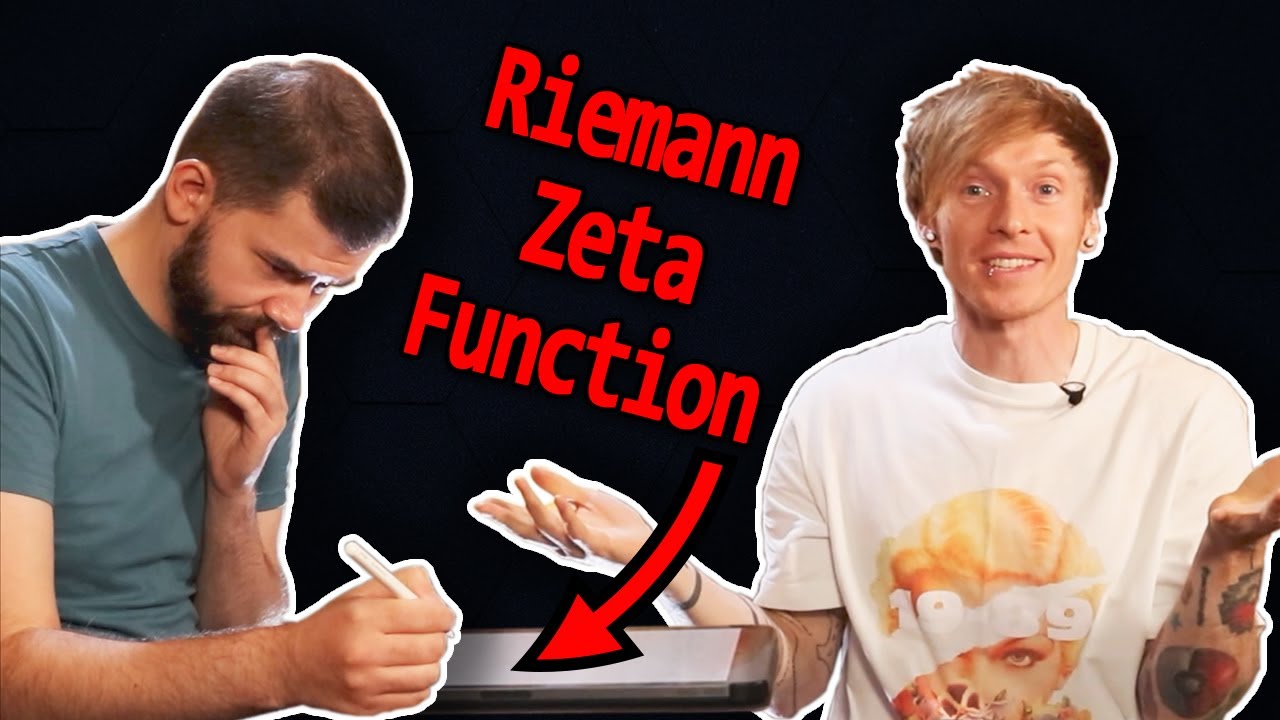
How Hard is an Oxford Maths Interview? Feat. Tom Rocks Maths
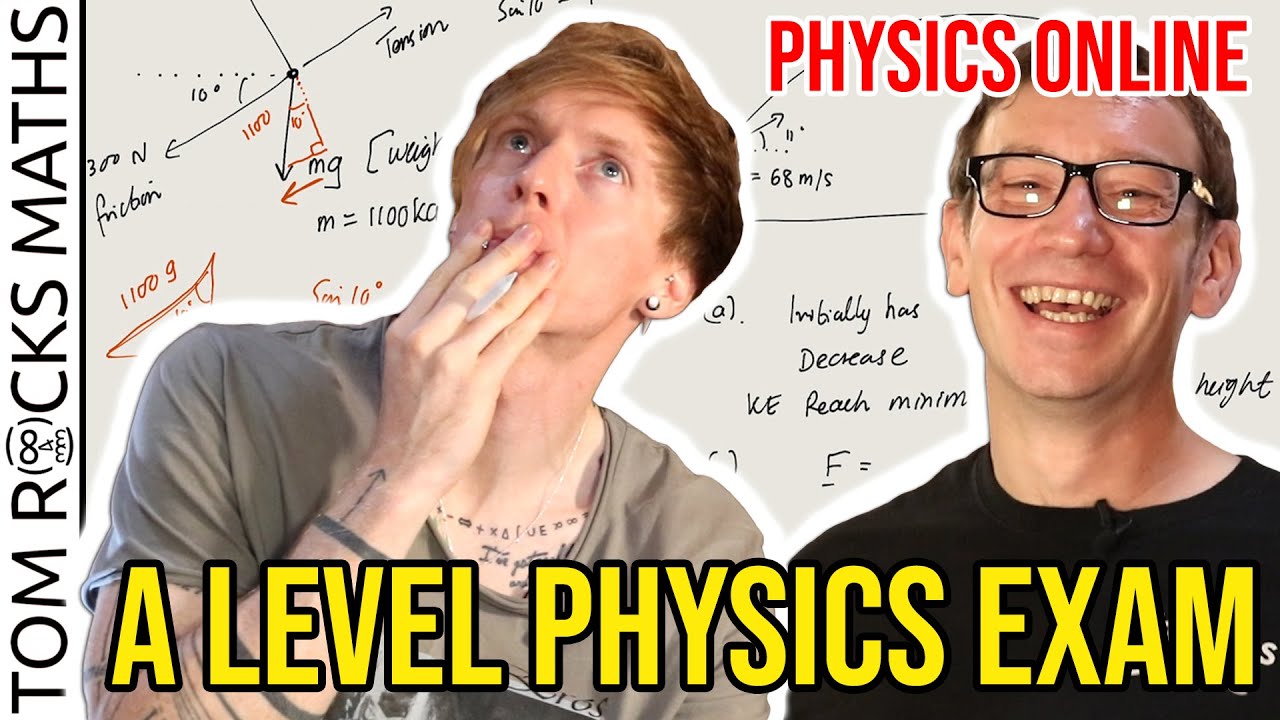
Can an Oxford University Mathematician solve a High School Physics Exam? (with @PhysicsOnline)
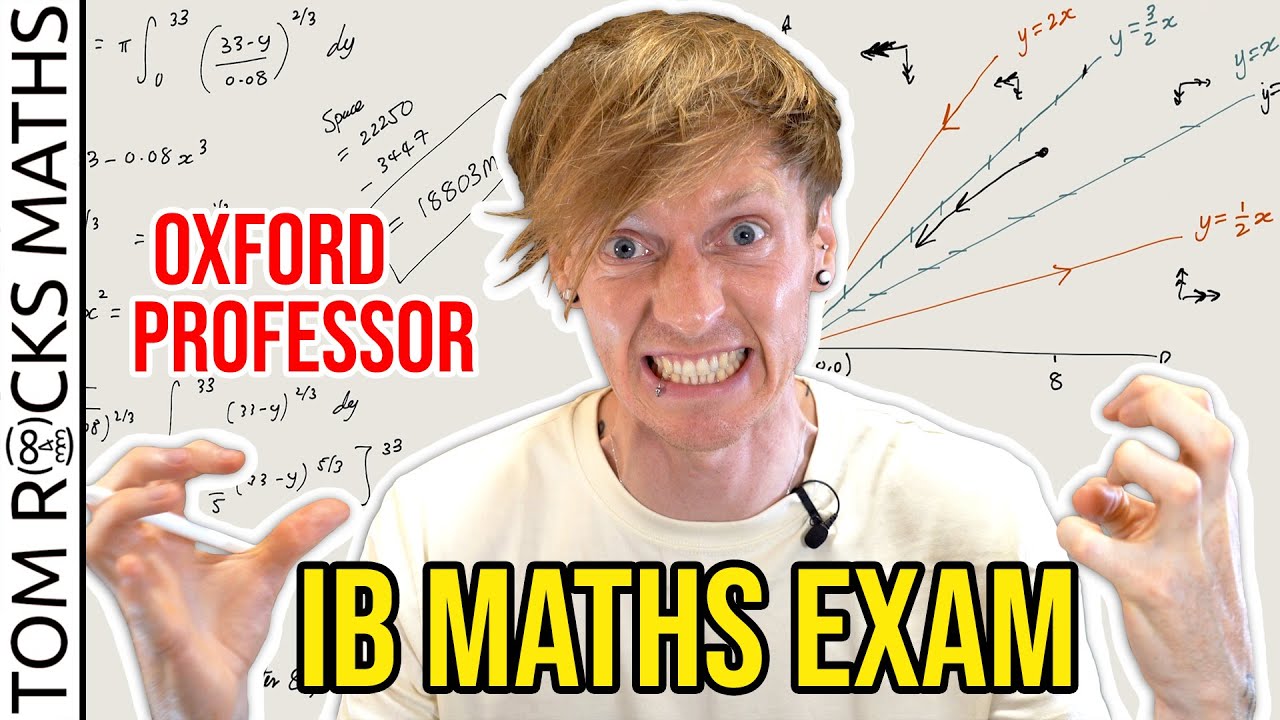
Oxford University Mathematician takes High School IB Maths Exam
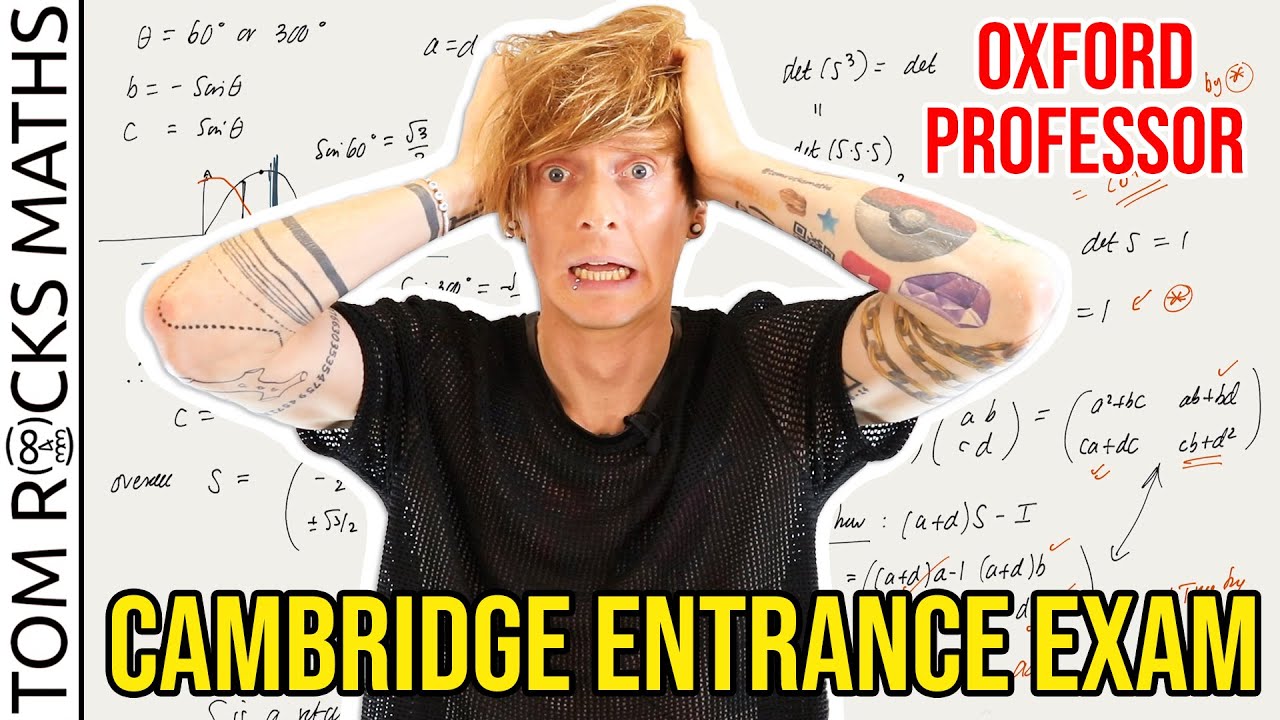
Oxford University Mathematician takes Cambridge Entrance Exam (STEP Paper) PART 1
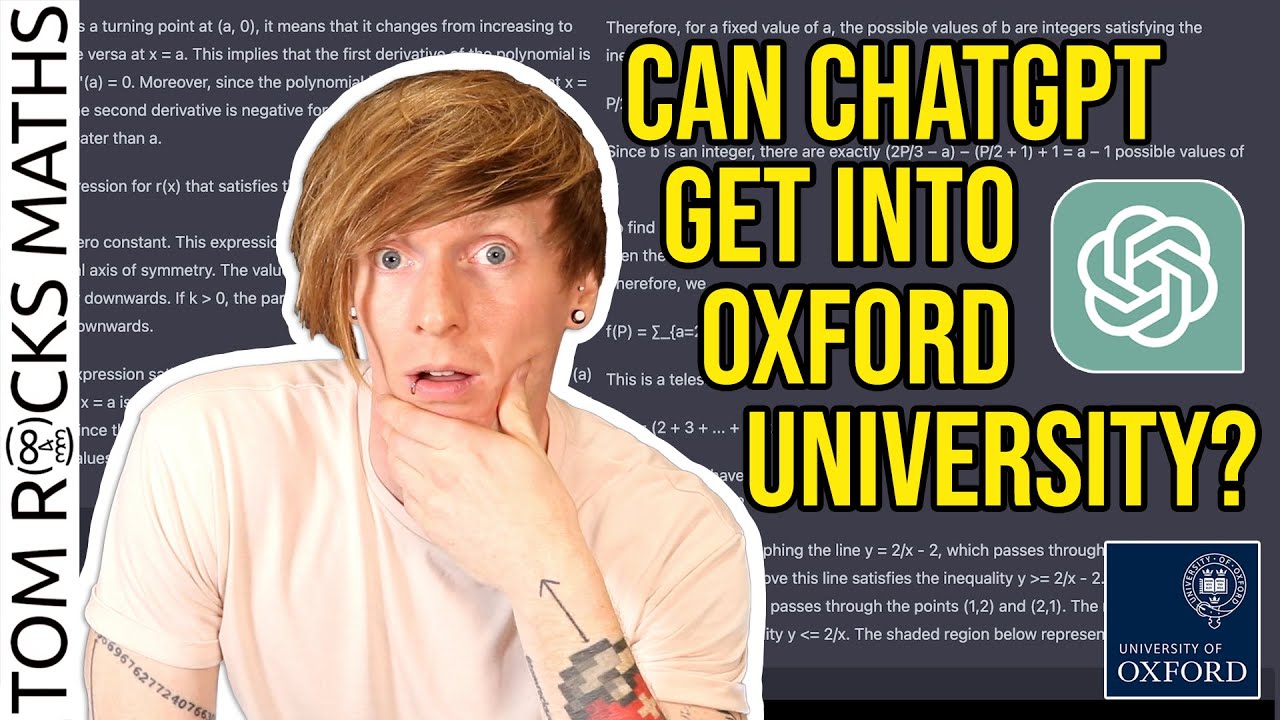
Can ChatGPT Pass the Oxford University Admissions Test?
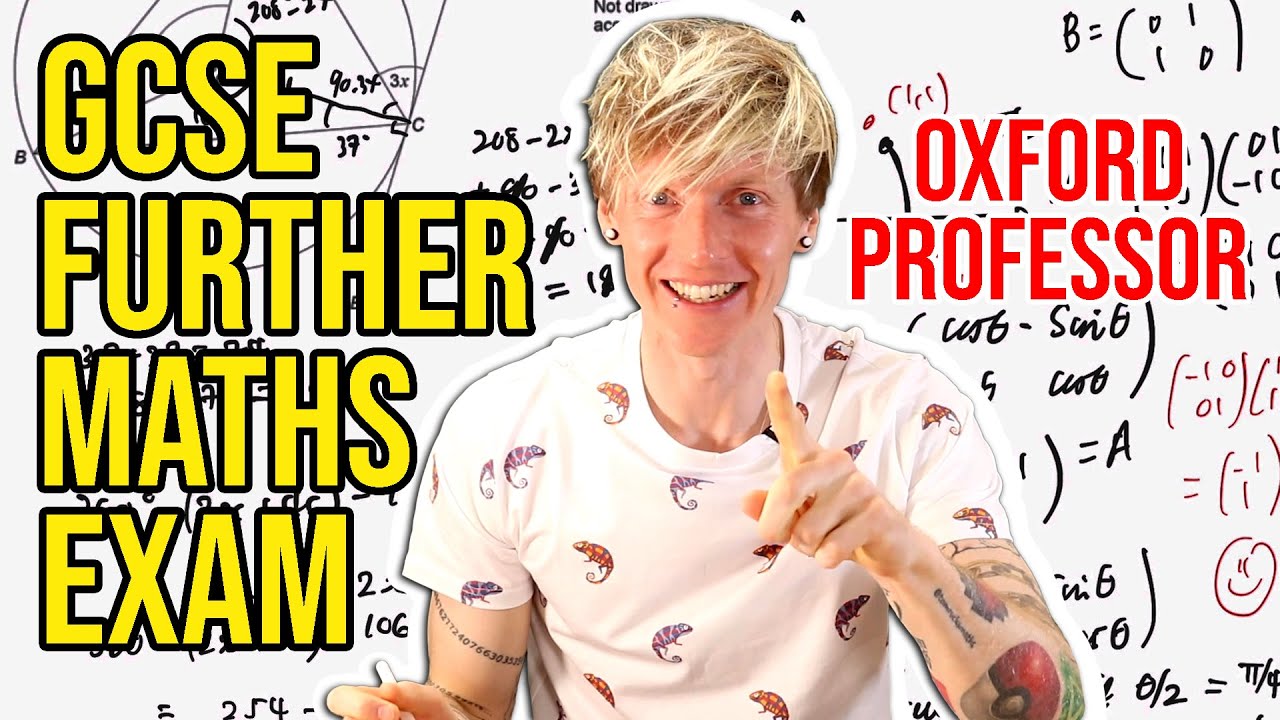
Oxford University Mathematician takes High School GCSE Further Maths Exam
5.0 / 5 (0 votes)
Thanks for rating: